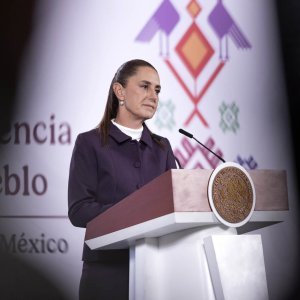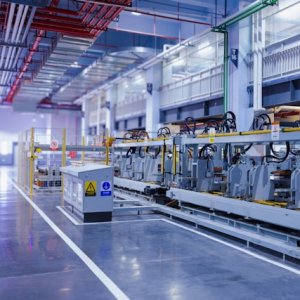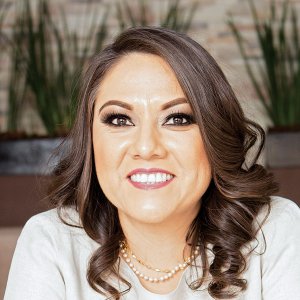Partners, Risk Mitigation Keys to 2020 Vision

STORY INLINE POST
Q: What is Fibra Mty’s investment profile and what is its strategy to maintain an accelerated growth rate through 2018?
A: Our profile for investments will not change in the next year. We want to maintain our portfolio with a mix of 50 percent industrial and the other half in office developments. In terms of geographic diversification, we want to concentrate 50 percent of our assets in Monterrey and the remainder throughout the rest of the country. Today our investments are distributed throughout nine cities and seven states. Our 2020 Vision includes reaching more than MX$20 billion in assets by 2020 and also defines the risks that we will incur depending on each tenant family. We do not participate with more than 15 percent in each subsector like automotive, technology, logistics or aviation. This helps mitigate the cyclical risks of each subsector and geographical area.
Q: How will a larger participation of Afores in Fibras impact the sector?
A: The participation of Afores will continue to boost Mexican Fibras and a larger participation of Afores will benefit the CONSAR. So far, Afores have more than MX$27 billion to invest in these types of assets. Vehicles that are already in the market and have participation from Afores will look to find new investors to diversify their investor base. We see Fibras moving into a structure of internalization, such as Fibra Inn. In 2017, we saw the first case where an externally managed Fibra took the decision to internalize itself, which is what Fibra Mty did when it first entered the market two years ago. Fibras are looking to create vehicles where their interest is aligned with those of investors and to maintain transparent corporate structures.
Q: What are the main challenges Fibras will face in 2018 and how is Fibra Mty mitigating those risks?
A: One of the main challenges is managing the volatility of exchange rates, especially with dollar-denominated profits. One can have a surplus due to the revaluation of profits and large deficits from the subvaluation of profits. We have already seen this happen in 2017. In 1Q17 we had a large revaluation of profits and in 2Q17 it was the opposite where we went from a surplus of MX$22 to MX$17 per dollar. The predictability of flows will be a challenge for Fibras in the next year. A challenge
for us will be to not focus on growth in terms of size. Instead, we must focus on having satisfied tenants, efficient assets and to predictable earnings. This will translate to guaranteed contract renewals for us, even if a competitor has lower prices. 219
The Fibras that have a track record and have been in the market longer are more worried about investing in technology. In 2016, it took Fibra Mty a year to develop its enterprise resource planning (ERP) model. We were the first to integrate S4 Hana ERP, which is a vertical made specifically for real estate. It allows us to have a more efficient reporting system and management of business intelligence. For example, in 2016, it took us two weeks to draft our financial earnings report for the BMV and in 2017 with this new system, it took us only two hours.
Q: What new partnerships does Fibra Mty want to develop to strengthen its position in the market?
A: We are always on the lookout for new partners and investors to participate in the Fibra. We have four development partners that participate with certificates in the Fibra, one of which is our principal partner, Desarrollos Delta. We also have developed a partnership with Grupo Valoran, which developed WTC Industrial Park. We want to create partnerships with developers that we know build quality developments so that we can create long-lasting relationships.
2018 will be a complicated year due to the volatility created by the NAFTA negotiations, and while this goes unresolved we could see some hesitation from national and international investors. Next year, presidential elections will also pose some difficulties. But I am very positive that Fibras will grow and the modifications that have been made to the regulatory framework through AMEFI will help boost the sector’s efficiency and results.























